Power Out In One Room? (Possible Causes & Fixes)

What do you do when the power goes out? It’s usually from a storm and involves the whole house, right? But what if there is no storm and power is out in just one room? That could be a sign of something completely different.
If there is power out in one room of your home, it is likely due to a tripped circuit breaker, a faulty ground fault circuit interloper (GFCI) switch, or a new appliance you recently installed. To fix, begin by unplugging all electronics, finding your breaker box, and resetting the breaker.
A power outage that is restricted to one room is most often caused by a circuit breaker being tripped by an overloaded or damaged circuit. This could be caused by a defective appliance or cord, plugging in too many amps to one circuit, or it could even be from an unknown power surge.
Do You Need to Hire an Electrician?
Get free, zero-commitment quotes from electricians near you.

How to Fix a Tripped Breaker
It is usually not very difficult to fix a tripped breaker. It most often just requires you to turn the breaker off and then back on again.
Step One: Unplug All Electronics
First of all, you should unplug every electronic device in the room without power. Also, shut off all of the light switches.
Step Two: Check for Damaged Cords
Check each plug and cord for damage. If you see any frayed or cracked wires, you need to fix it or get rid of it.
Step Three: Find Your Breaker Box
The breaker box or fuse box is usually found in the basement, garage, or closet. It is a gray or silver metal box with a door that has wires coming from it.
Step Four: Look for the Tripped Breaker
If you are lucky, all of your breakers will be labeled to which rooms they supply power to. If not, just look for the one that is in a different position from the others. In other words, it will be in the off position or in the middle.
Step Five: Resetting the Breaker
If your breaker is in the off position, just push it back to the on position. However, if it is in the middle of the two (the tripped position), turn it to the off position and then turn it back on.
Important Tip: Sometimes, all your breakers look to be in the on position. To fix this, turn them off and on one at a time to reset the one you need to be reset.
Step Six: Finding the Culprit
If the power is back on in that room, plug your appliances and other electronic devices in one at a time. When the breaker trips again, you will know which device needs to go. Either there is something electronically wrong with it or it is overloading the system in that room. Try plugging it in one of the other rooms.
Check for a GFCI Problem
Even if there is no GFCI outlet in the room that lost power, it could have been tripped from one of the GFCI outlets in a different room. You may have numerous GFCI outlets in your home. Most state or city law requires them in:
- Bathroom receptacles with 15 to 20 amperage or 125 volts
- Kitchen receptacles with 15 to 20 amperage or 125 volts
- Basement receptacles with 15 to 20 amperage or 125 volts
- Laundry or utility room receptacles with 15 to 20 amperage or 125 volts
- Garage receptacles with 15 to 20 amperage or 125 volts
- Accessory building receptacles with 15 to 20 amperage or 125 volts
- Outdoor receptacles with 15 to 20 amperage or 125 volts
- Crawl space receptacles with 15 to 20 amperage or 125 volts
- Boathouse receptacles with 15 to 20 amperage or 125 volts
You will recognize the GFCI because it has two buttons in the middle of it that are labeled reset and test. Starting with the room closest to the room that lost power, try resetting the outlets one at a time.
If it is not one of the GFCI outlets, you may have an electrical problem that runs deeper than the normal issue. In this case, it is best to call an electrician and let them handle the problem.
How to Find the Best Electrician
If you have never had any kind of electrical problem before, you probably have no idea who to call. Sure, you could just Google it and choose the first one on the list or the closest one to your home, but that is not always a good idea.
Talk to Your Friends and Neighbors
Ask around. If anyone you know has had any kind of electrical work, they will probably know who to call. Or who not to call. That may be a more important issue. If someone has had a bad experience, it is good to know so you do not choose that one.
Check the Reviews
If you cannot find anyone you know who has used an electrician recently, you can go online and check them by their reviews. Choose the one you think sounds the best or is closest to you and Google their name. See what comes up. If they have been in business long enough, they should have some kind of reviews.
Check with the Better Business Bureau
Go to bbb.org and put the company’s name in. Check to see what their rating is. If they do not have an A or A+ rating, skip them. If they have any complaints, move on to the next company. You do not want to be another one who has to complain to the Better Business Bureau.
Before You Hire
Before hiring anyone, there are some things you need to ask about. Certain things are essential to know before letting them in your home. Some of these include:
- Check their recommendations
- Ask to see a copy of their license
- Make sure they have insurance
- Ask them how long they have been in business for
- Find out if they guarantee their work or offer a warranty
- Check their quote against others in the area
- Do they seem knowledgeable and professional?
- Are they clean and dressed appropriately?
Do You Need to Hire an Electrician?
Get free, zero-commitment quotes from electricians near you.

Related Questions
What if I Have Fuses Instead of Breakers?
Some older homes still have fuse boxes instead of breaker boxes. While it is fine to have fuses, circuit breakers are safer and more cost-efficient. That is because when a breaker gets overloaded, it just shuts off and you can turn it back on. If a fuse gets overloaded, it blows the fuse and you need a new one.As far as safety, a properly cared for fuse box can be almost as safe as a breaker box but you have to know what you are doing to change a fuse. It is not difficult. But you need to make sure to use the right type and wattage as the fuse you are replacing. In addition, some fuses can be faulty. They have been known for being double-tapped or double lugged, which makes them unsafe.Besides having to replace fuses all the time, a fuse box can cost you more for homeowner’s insurance. In fact, some insurance companies do not even cover homes with fuses. That is because they are old and most old electrical parts are dangerous. Even if they have been properly cared for, an old fuse box can be faulty just because it is old.
Should I Upgrade to a Circuit Breaker Box Instead of Fuses?
Most electricians will tell you that it is a good idea to upgrade to a circuit breaker box. That is because there is less room for DIY errors that can be dangerous and costly. If you happen to screw in a higher fuse than it calls for, you can overload the system and cause a fire.Also, fuse boxes do not provide as much power as circuit breaker boxes do. In the old days, we did not use as much electricity as we do now. Back then we did not have computers, dishwashers, microwaves, and fancy 75-inch televisions to power.Nowadays we use more power than a fuse box can handle. That means you may have to unplug your computer to watch a movie. Upgrading is a job for an electrician though, so use those tips we gave you earlier to find the best one to upgrade your fuse box for you. In the end, you will be happy you did.

I am a DIYer who loves writing about anything home-related. When I am not writing, you can find me studying for my PhD in Psychology, photographing nature, and swimming at the lake with my grandkids.
More by Patricia Oelze



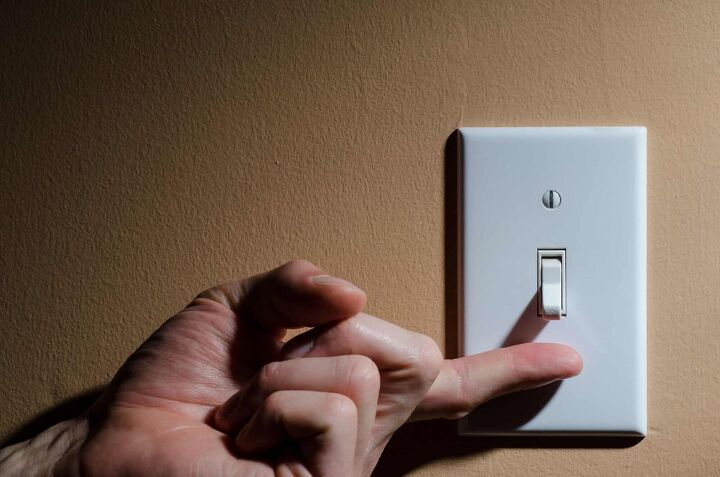






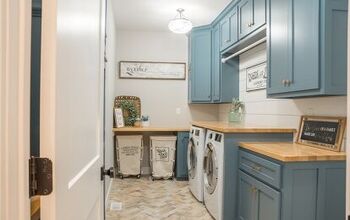

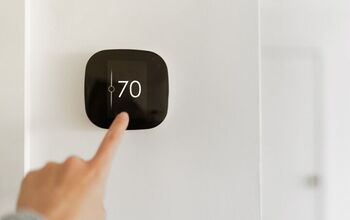
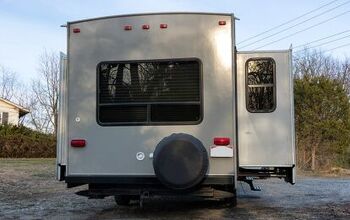
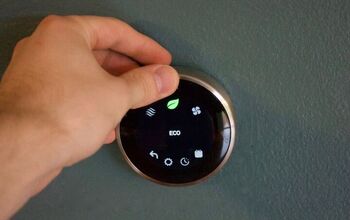











![How To Reset A Whirlpool Cabrio Washer [In 5 Easy Steps!]](https://cdn-fastly.upgradedhome.com/media/2023/07/31/9076531/how-to-reset-a-whirlpool-cabrio-washer-in-5-easy-steps.jpg?size=350x220)
